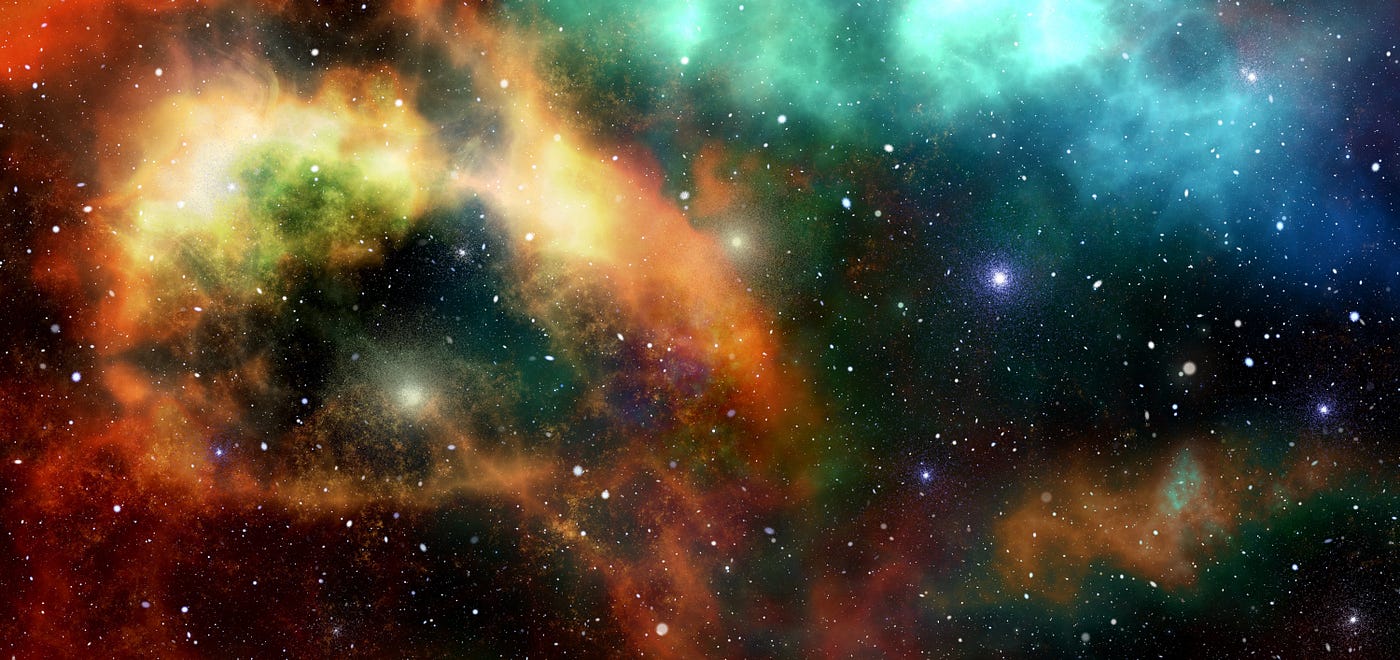Is Life Possible in a Two-Dimensional Universe?
Our perception of the universe typically involves three spatial dimensions, alongside time. Yet, theories such as string theory suggest the existence of up to 26 dimensions. While we reside in a 3D world, some have pondered whether life could exist in a universe with fewer dimensions.
The prevailing notion has been that universes with more than three dimensions would be unstable and devoid of life. The complexities of even predicting the orbits of celestial bodies become overwhelming in higher dimensions, rendering stable structures and observers impossible.
The absence of traditional atoms and stable structures in higher-dimensional spaces suggests that life may not thrive there. Furthermore, the absence of gravity in a 2D universe has led many to conclude that it lacks the complexity necessary to sustain life.
However, physicist James Scargill challenged this notion with a groundbreaking theory in a 2020 paper. He proposed that scalar gravitational fields could exist in two dimensions, potentially allowing for stable orbits and even gravity-dependent life forms.
Scargill’s research delved deeper into the feasibility of complex life in a 2D universe. By analyzing biological networks and creating planar graphs, he discovered striking similarities to properties essential for complex brains.
While this exploration remains highly speculative, it challenges the notion that life is exclusive to 3D universes. Scargill’s work suggests that, theoretically, life in a 2D universe could be plausible under certain conditions.
Ultimately, this inquiry pushes the boundaries of our understanding, prompting us to reconsider the nature of life and the dimensions that could support it.















































